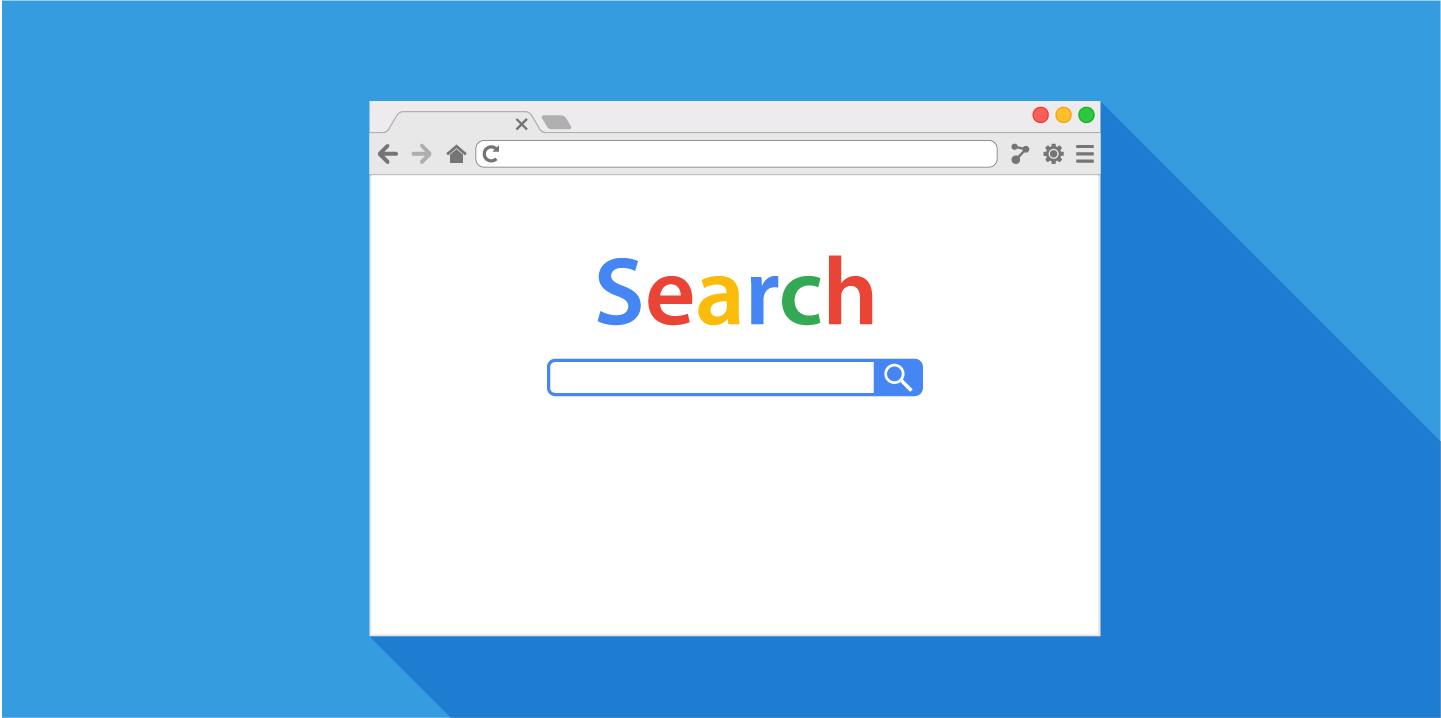Online marketing is constantly evolving, with the net result being that websites not properly designed or updated soon fall by the wayside – buried among the dregs at the bottom of search engine page rankings. Search engine optimization (SEO) experts constantly preach that certain design principles must be adhered to from the very inception of web page design.
By incorporating specific details during the development stages, the odds of achieving and maintaining successful page rankings increase dramatically. While this is not The Ultimate Guide to Onpage Optimization, including the steps listed provides a solid foundation for website success.

(1) Make URLs easily searchable.
Easy access to a website is a crucial element in predicting the over-all success that site. With the increasing number of business websites, it is also becoming increasingly difficult to come up with a URL that is unique and memorable. However, consumers rarely remember a long, convoluted URL, suggesting that for maximum success, URLs should be as short as possible. SEO professionals also strongly recommend that URLs include the page level keyword to maximize results.
Matthew Mayer of 3 Digital comments: “With the rapid move to mobile devices and social networks, the use of long, clumsy URLs becomes even more problematic, as accessing or sharing long URLs is difficult when using smartphones or tablets. A key element of website success is accessibility and ease of use from any device. When either of those elements is ignored during the design phase, the success of the site will suffer.”
(2) – Use appropriate, original meta titles and descriptions.
While some SEO professionals may argue that meta titles and descriptions are not really relevant today, it is crucial that designers pay attention to all aspects of web page design, as even a modest algorithm change by Google or Yahoo can seriously undermine the ranking of an otherwise quality website. Any assistance that guides search engines to a site should be encouraged.
(3) – Encourage design elements that maximize website loading speed.
Google’s push for improving user experiences should also push website designers to look for ways to see that sites load quickly and easily. While a modest delay in loading a page may be tolerated by a user, major delays will not. In other words, a site that is slow to load will result in more click-throughs as users seek better service elsewhere. While the search engines may not impose significant penalties for slow loading at this point, slow loading sites penalize themselves by encouraging potential customers to click on the next site listed rather than wait for a response.
(4) – Control the amount and quality of written content.
Google’s Panda and Penguin updates targeted website content quantity and quality. Pages with content that is of questionable quality now find themselves penalized significantly. Search engines are always seeking ways to attract and retain users, as their advertising revenue suffers when users migrate to competing search engines. That also means the search engines will adopt ways to minimize the presence of lesser quality sites.
For site developers and owners, that translates to a need for regular updates to every site, emphasizing quality over quantity. For some, that may mean incorporating a blog that is updated weekly. For other sites, it may mean changing entire pages on a regular basis to emphasize seasonal efforts or changes in products and services. In any event, static content will now result in sever penalties to the site’s ranking.
(5) – Include quality pictures and video.
Text alone does not provide solid page rankings. In fact, too much text may actually detract from over-all web page design. There must be a balance achieved between text and visual elements. Most SEO professionals now emphasize the need for quality images, especially to create appeal when visitors first view the site. While stock page templates are still used by many companies, custom pages, with truly relevant photos or videos, will generally help to reduce bounce rates.
(6) – Be careful with linking.
While quality links are helpful, search engines are increasingly scrutinizing sites that contain too many questionable off-page links. Google and other search engines discourage using too many links. Its algorithms view an excess of external links as evidence of paid links, and penalizes the site accordingly.
Internal linking is looked at differently. Good internal linking allows visitors to quickly navigate to pages with information they are seeking. The trick here is to add the internal links naturally and fluidly to allow site visitors to access the pages that are most relevant to them.
(7) – Be aware of the needs of mobile device users.
The increasing consumer reliance on mobile devices will demand more attention be paid to web page designs that are visible on those devices. This switch in device preferences may, for example, doom text-heavy web pages that are difficult to read on smaller screens, and require software solutions to ensure compatibility between devices.
Because the design, implementation and maintenance of web pages is ever-changing, everyone involved in the process will need to regularly monitor the site to evaluate results and determine what, if any, changes in design are needed. Design factors must include what search engines look for, but must still be focused on providing a return on investment for the site owner.
It is clear to SEO professionals that Google, Yahoo and other search engines are locked in a battle to attract new visitors as well as retain current ones. That competition requires the search engines to ensure they return the best options available for search requests. SEO professionals, designers and site owners will need to work closely if sites are to attain and retain acceptable page rankings.
Further Reading
A Visual Guide to Keyword Targeting and On-Page SEO
Ultimate Guide to White Label SEO